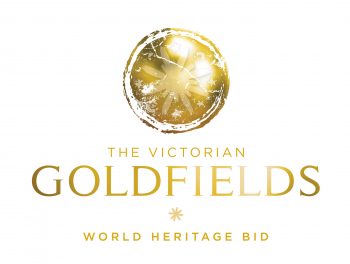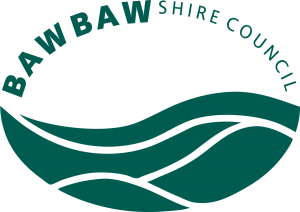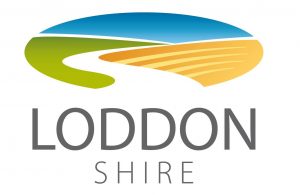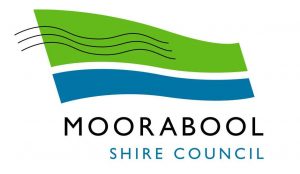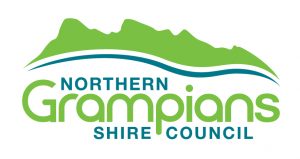Australia’s Victorian Goldfields is an exceptional cultural landscape. It comprises a series of landscapes, rural and urban, that exemplify the goldrush phenomenon in all its technological, social and environmental character and consequences. Moreover, it represents one of the most significant and sensational goldrushes the world has ever witnessed.
It reaches across areas of Victoria (20% of Victoria) with a current population of over half a million people, embracing over 40 historic cities, towns, settlements and rural landscapes and parts or all of fifteen local government areas.
Goldrushes are unprecedented events in world history. The principal global goldrush era is characterised by a succession of overlapping rushes from 1849 to 1900. They led to profound consequences in globalisation and represent a universal theme of mass migration motivated by economic opportunity.
The Story Through Time. Written and produced by Lucinda Horrocks and Jary Nemo. Directed by Jary Nemo. Music composed and performed by Geoffrey Williams. Commissioning editor Susan Fayad. Produced by Wind & Sky Productions.
Triggered in 1851, the Victorian Goldrush was the only major goldrush that predominantly comprised immigrants from overseas. They came by sea from Great Britain and Ireland, China, continental Europe and the United States. Over 350,000 of them. In the first decade, forty per cent of world gold production flowed from Victoria.
Castlemaine Diggings, scene of the 1852-54 Mount Alexander Goldrush, was the first major goldfield in Australia to attract a huge influx of voluntary immigrants. Its landscape provides exceptional testimony to the early-rush individual ‘miner-adventurer’, and eloquently captures the human goldrush spirit in material form. Diggers’ small claims, across the goldfields in gullies and flats, surrounded by regenerating Box-Ironbark forest, yielded the greatest concentration of the largest gold nuggets the world had ever known; a catalyst for hundreds of spontaneous rushes by large populations.
This short film ‘We Are The Goldfields’ features the voices of goldfields people and takes us on a gentle journey through the Central Victorian Goldfields country in Australia today. Produced by Wind & Sky Productions.
Unusually, around eighty per cent of immigrants decided to stay. An appealing settler environment was further sustained by the primacy of Goldfields’ law and order enshrined in Eureka and the Miner’s Right – and by consequential mining progress in typical goldrush pattern: technological succession from ‘surfacing’ and ‘shallow-sinking’ in alluvial deposits, to ‘deep-sinking’ in Ballarat’s ‘buried ancient rivers of gold’ and Bendigo’s deep reefs. The 1870s marked an engineering milestone in the greatest concentration of deep mine shafts in the southern hemisphere; in fact, the deepest on any gold mines, worldwide.
